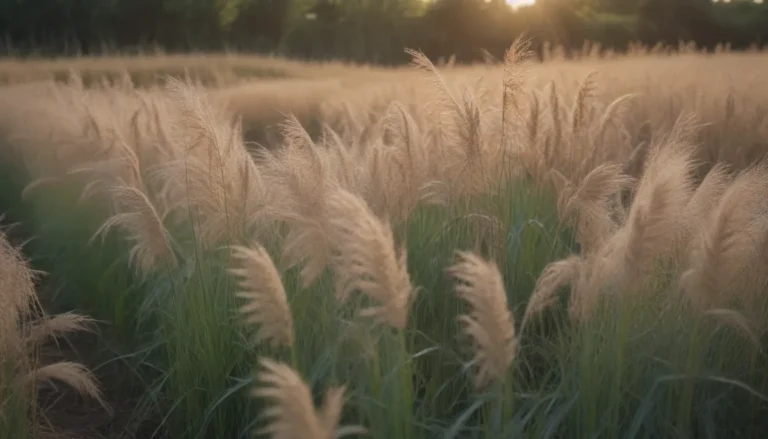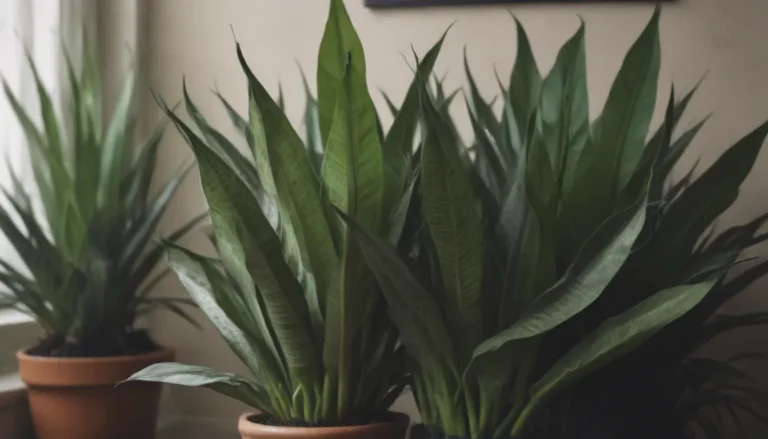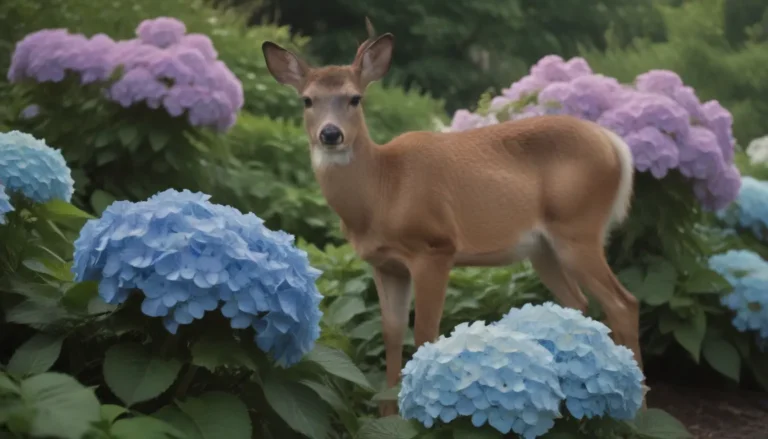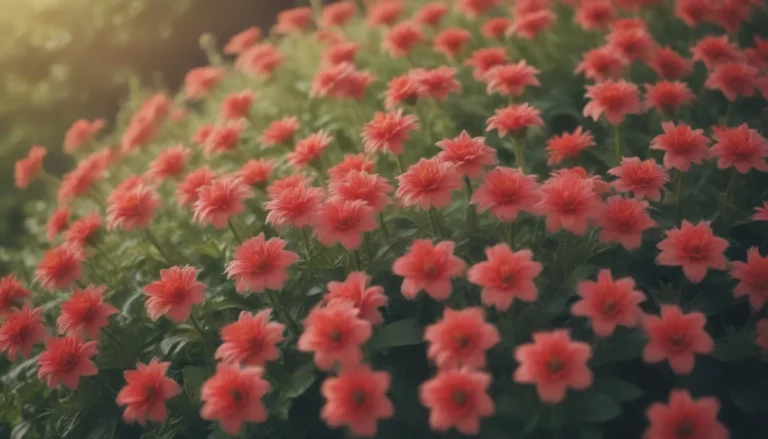The Ultimate Guide to Growing Bartlett Pear Trees (Williams Pear Trees)
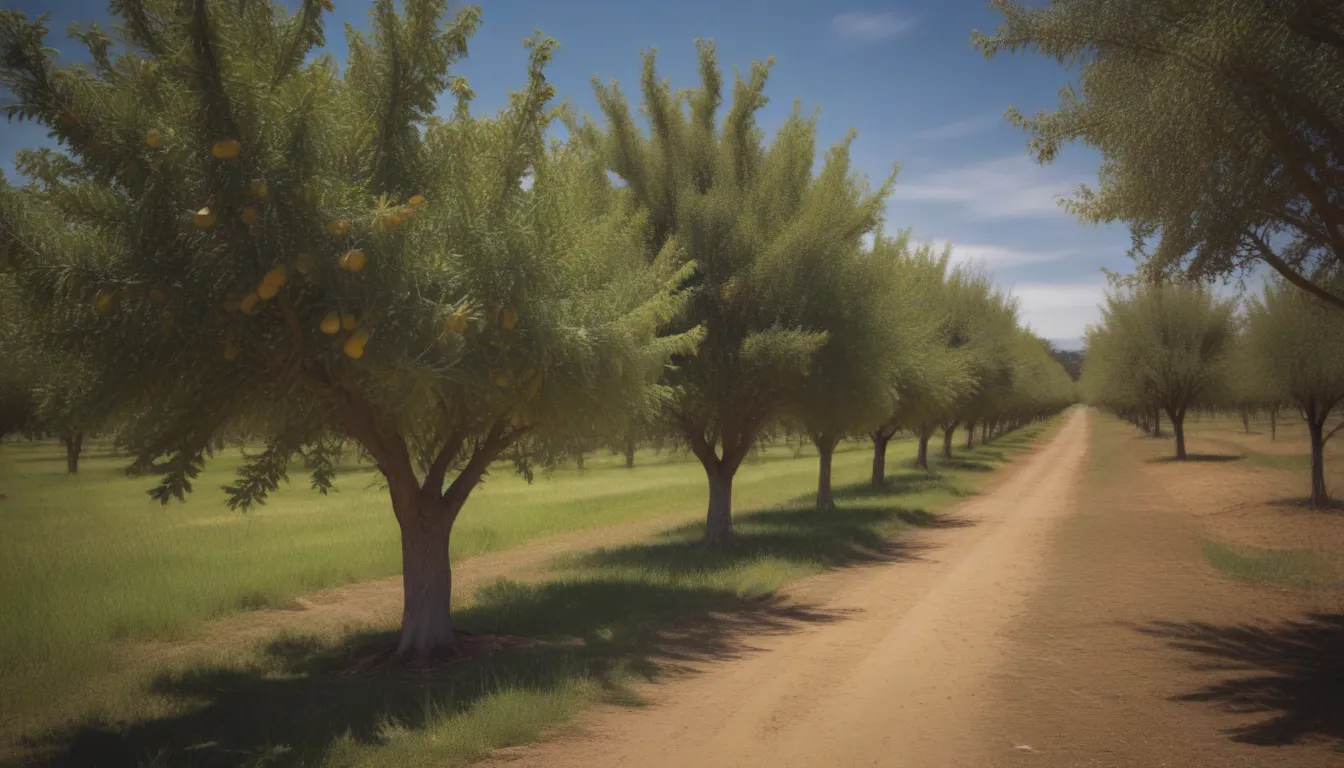
Are you interested in growing your very own Bartlett pear trees, also known as Williams pear trees in the UK? These fruit-bearing beauties are not only delicious but also add a touch of elegance to any garden. In this comprehensive guide, we’ll walk you through everything you need to know about growing and caring for Bartlett pear trees, from planting to harvesting and everything in between.
Introduction to Bartlett Pear Trees
Bartlett pear trees, scientifically known as Pyrus communis, are renowned for their sweet, yellow-green fruits that ripen in the summer. They are distinguished by their showy white flowers in the spring and their characteristic oval-shaped, serrated leaves. Bartlett pears are available in standard and dwarf varieties, with the ability to reach heights of up to 30 feet. These trees thrive when provided with ample sunlight, regular watering, a chill period of at least 800 hours, and well-drained, slightly acidic soil.
Key Characteristics of Bartlett Pear Trees
- Fruit: Yellow-green when ripe
- Flowers: White, showy blossoms
- Leaves: Oval-shaped, serrated, fine-toothed
- Height: Up to 30 feet
- Toxicity: Non-toxic to humans and pets (seeds contain cyanide)
How to Plant Bartlett Pear Trees
Proper planting is essential for the successful growth of Bartlett pear trees. Here’s what you need to know:
When to Plant
- Transplanted trees: Any time of the year
- Bare-root trees: During dormancy in winter
- Seeds: Sow in growing pots before transplanting
Selecting a Planting Site
- Full-sun location
- Loamy, well-drained, slightly acidic soil (pH 6.0 – 6.5)
- Soil acclimation for 6 to 12 months before planting
Spacing, Depth, and Support
- Plant within 200 feet of other pear trees for cross-pollination
- Dwarf varieties 12 to 75 feet apart
- Plant seeds 1 inch deep; 1 seed per pot
Bartlett Pear Tree Care
Proper care is crucial for healthy growth and fruit production in Bartlett pear trees. Here are the main care requirements to keep in mind:
Light
- Requires 6 to 8 hours of direct sunlight daily
Soil
- Moist, well-draining soil with a slightly acidic pH
- Avoid dry conditions and soil with high salt content
Water
- Regular watering, especially during dry spells
- Irrigate weekly to maintain optimal soil moisture
Temperature and Humidity
- USDA hardiness zones 5 to 7
- Requires around 800 hours of ‘chill hours’ for fruit production
- Vernalization period between 32 and 45 degrees Fahrenheit
Fertilizer
- Use a well-balanced, slow-release fertilizer for fruit trees
- Apply in spring to promote healthy growth
Pollination
- Consider cross-pollination for better fruit production
- Compatible pear trees: D’Anjou, Bosc, Comice
Types of Bartlett Pear Trees
Bartlett pears come in different varieties, including the traditional green and yellow fruit as well as red varieties such as Max Red Bartlett and Sensation Red Bartlett. Dwarf Bartlett trees are also available for smaller spaces.
Harvesting Bartlett Pears
Knowing when and how to harvest Bartlett pears is crucial for enjoying ripe, flavorful fruit. Here’s what you need to know:
- Harvest when firm to the touch
- Test ripeness by twisting the pear; if it comes off easily, it’s ready
- Ripen at room temperature or use a paper bag with a banana to speed up the process
Growing Bartlett Pears in Pots
Dwarf varieties of Bartlett pear trees can be grown in containers with the right care. Here’s how to grow Bartlett pears in pots:
- Use a large, well-draining container
- Ensure self-fertile variety or nearby pollinators
- Provide ample sunlight and regular watering
Pruning Bartlett Pear Trees
Regular pruning is essential for maintaining the health and productivity of Bartlett pear trees. Here are some pruning tips:
- Prune during dormancy each year
- Prioritize long, straight lateral branches for fruit production
Propagating Bartlett Pear Trees
Propagating Bartlett pear trees can be done through cuttings. Softwood cuttings are ideal for rooting quickly, while semi-hardwood cuttings are more resilient. Here’s how to propagate Bartlett pear trees from cuttings.
Growing Bartlett Pear Trees From Seed
While growing Bartlett pears from seed is not ideal for consistency, it can still be a rewarding experience. Here’s how to start Bartlett pear trees from seed.
Overwintering Bartlett Pear Trees
Bartlett pear trees require cold temperatures for dormancy and fruit production. Minimal care is needed to protect them during the winter, including adding mulch for insulation.
Common Pests & Diseases
While Bartlett pears are generally low-maintenance, they may face issues like fire blight, fungi, and pear decline. Learn how to identify and address common pests and diseases in Bartlett pear trees.
How to Get Bartlett Pear Trees to Bloom
Encouraging blooms in Bartlett pear trees is crucial for fruit production. Learn about the blooming months, appearance, and fragrance of Bartlett pear tree flowers, and how to promote more blooms.
Common Problems with Bartlett Pear Trees
Understanding and addressing common issues like yellow leaves, lack of blooms, and mealy fruit can help ensure your Bartlett pear tree thrives. Learn how to troubleshoot problems and keep your trees healthy.
In conclusion, growing Bartlett pear trees can be a rewarding experience for any gardening enthusiast. By following these tips and guidelines, you can successfully cultivate this delicious fruit tree in your own backyard. Happy growing!
